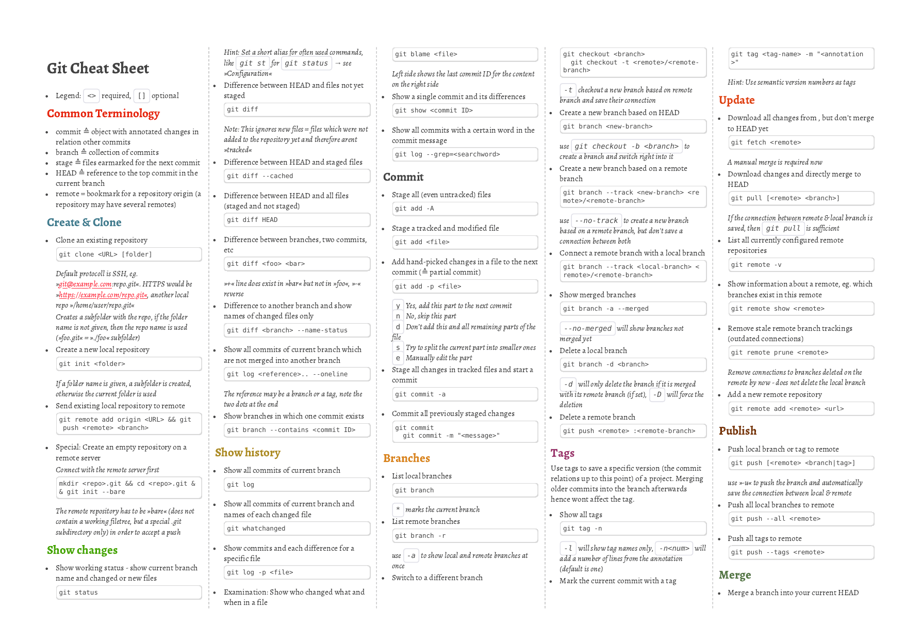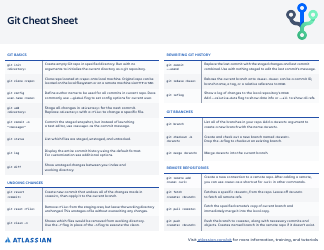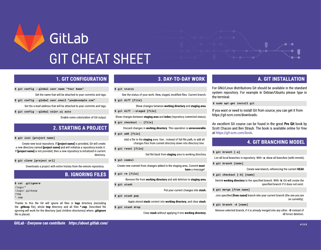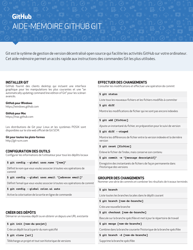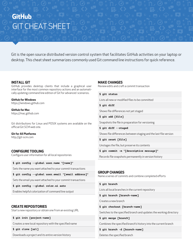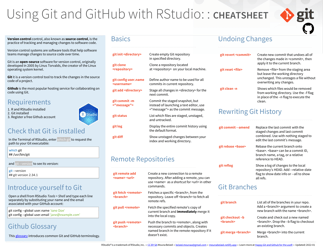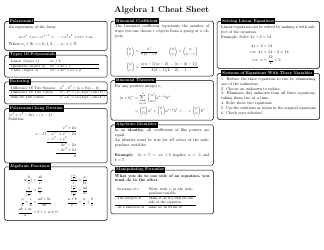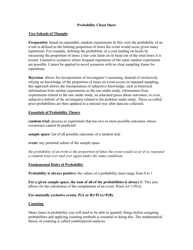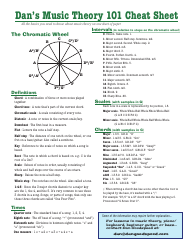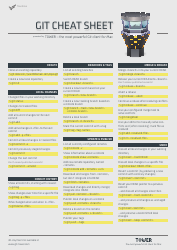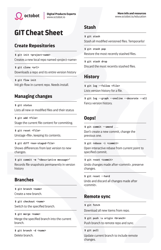Git Cheat Sheet - Theory
The Git Cheat Sheet - Theory is a document that provides a concise and handy reference for understanding the basic concepts and commands used in the Git version control system. It helps users quickly learn and refresh their knowledge about using Git for managing code and collaborating with others.
FAQ
Q: What is Git?
A: Git is a distributed version control system for tracking changes in software development projects.
Q: Why is Git popular?
A: Git is popular because it is fast, efficient, and allows for collaborative development by multiple developers.
Q: What is a repository in Git?
A: A repository in Git is a digital storage space where all the project files, history, and branches are stored.
Q: What is a branch in Git?
A: A branch in Git is a separate line of development that allows developers to work on different features or versions of a project.
Q: What is a commit in Git?
A: A commit in Git is a snapshot of the project at a specific point in time, including all the changes made to the files.
Q: How do you create a new branch in Git?
A: You can create a new branch in Git using the 'git branch' command followed by the desired branch name.
Q: How do you switch to a different branch in Git?
A: You can switch to a different branch in Git using the 'git checkout' command followed by the branch name.
Q: What is a merge in Git?
A: A merge in Git combines the changes from one branch into another, integrating the commits and history of both branches.
Q: How do you merge two branches in Git?
A: You can merge two branches in Git using the 'git merge' command followed by the branch name to be merged.
Q: How do you discard changes in Git?
A: You can discard changes in Git using the 'git checkout' command followed by the file name, reverting it to the last committed version.
